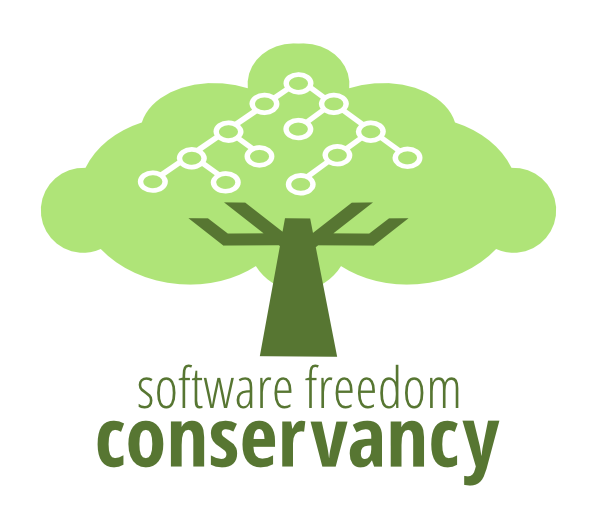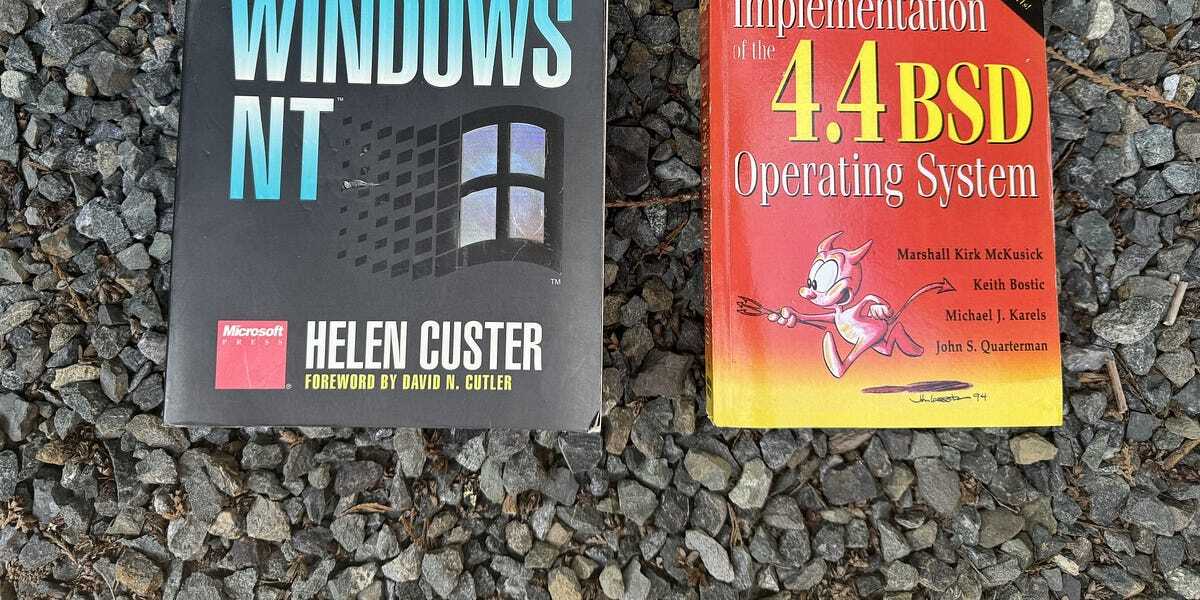A few years ago Windows invented a new sleep state, s0ix, instead of the previous s3 state. This makes a laptop behave more like a phone, able to wake up when it receives new data.
Unfortunately this is usually implemented badly and also causing the removal or neglect of previously reliable s3 sleep.

















I don’t think Microsoft cares